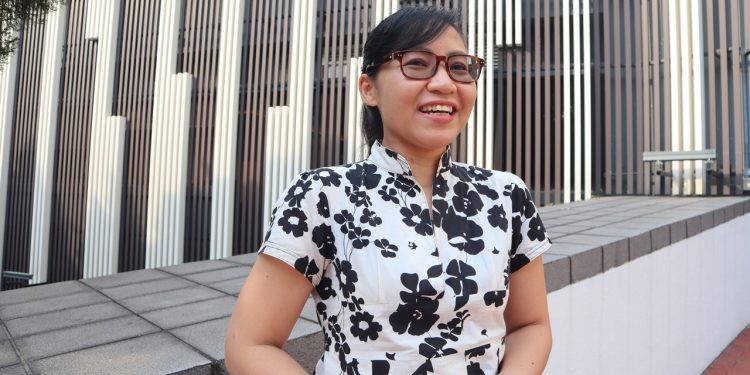Back in her Singapore Polytechnic days in the 1990s, Khairani Hassan already knew she wanted to work with her hands. She looked at different technical courses and pursued a Diploma in Civil and Structural Engineering, mainly because the construction industry was booming.
The 44-year-old mother-of-two began her career doing drafting work for the Housing & Development Board (HDB) and other commercial projects. She joined Surbana Jurong – an urban, infrastructure and management services consulting firm.
“It was mostly paper drawings,” said Khairani. “We started doing it in 2D using AutoCAD software. For a few years, my job was to produce drawings from 2D models of the engineers’ designs. Until we were introduced to new software which was much more interesting and much more advanced.”
That was the start of Khairani’s journey of transformation. She has been with her company for 16 years now and has attended various training programmes to take on new digital skills.
Back to the Drawing Board
From a CAD (Computer Aided Design) application which is like an ‘electronic drawing board’ based on 2D models, Khairani had to learn BIM (Building Information Modelling) apps that imitate the real building process. The learning curve was steep, to say the least.
“Initially, I found it very difficult to adapt because it was something new. But it was very exciting,” recalled Khairani. “I found it very interesting because we were actually changing from 2D concepts to 3D where you can actually work in real time and see all the virtual new models.”
That was five years ago, and it took Khairani a couple of years to get used to the new software. It involved a lot of hands-on training and practice to get up to speed with the latest industry technologies, but it was well worth the effort.
“When we started, we saved one-quarter of the time but as we moved forward and became more fluent in the software, we learnt its capabilities and took advantage of that. For instance, we could just duplicate drawings that we needed. Last time we had to redo it again and again,” according to Khairani.
“They call it ‘new technology’, something which is better, faster, more efficient. We can produce more drawings, and that means time savings, and time savings will lead to cost savings.”
Drafting Plans to Improve Productivity
Surbana Jurong started on its digitalisation journey in 2016. The aim was to improve productivity among its Singapore workforce of over 8,000.
Together with the Building Construction And Timber Industries Employees’ Union (BATU), they formed a company training committee to uplift the digital readiness of employees, initially committing 630 training places for staff.
As one who is now benefitting from this initiative, Khairani was selected to be an ambassador to help spread the message and evangelise about the advantages of learning all these new skills in construction and engineering. She is taking this mentorship role very seriously.
“I’m honoured and nervous at the same time because it’s a big responsibility. I’ve experienced first-hand how I had to learn new things.”
“I know how others who are new to this feel. I can help them by giving them support the way I needed it previously. I can try to help them as much as I can. But if I don’t understand something, I will go to others who know better and solve the problem for them,” she added.
Building Mindsets and Embracing Change
Khairani has come a long way from paper drawings and is now well-versed in complex tools for building design. But she is the first to admit that there is still much to learn.
As she is about to start another round of training for the latest Virtual Design & Construction software, Khairani is very much aware of today’s realities.
“You know, everything is changing. I have to keep up. If not, I’ll be left behind. That is what I tell my children – you have to keep learning. I myself have to show them that I’m doing the same at this age. I’m still learning. I’m still relevant here.”

